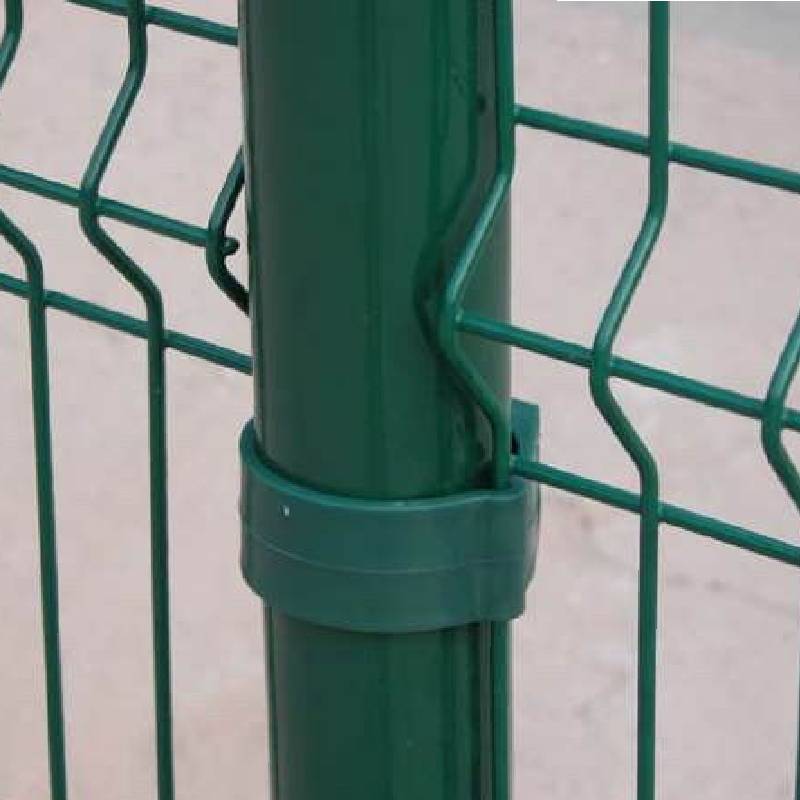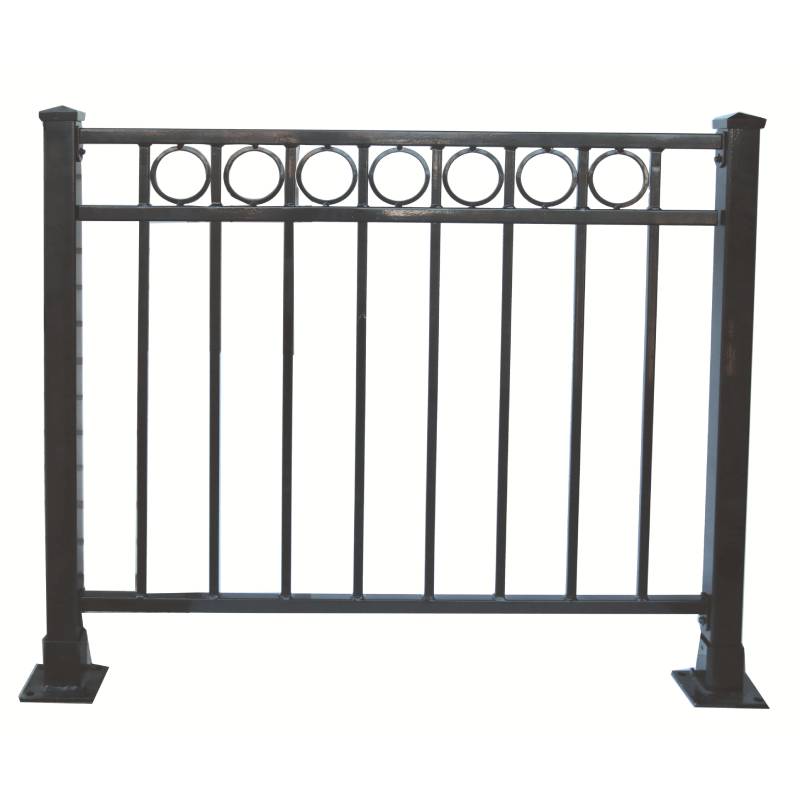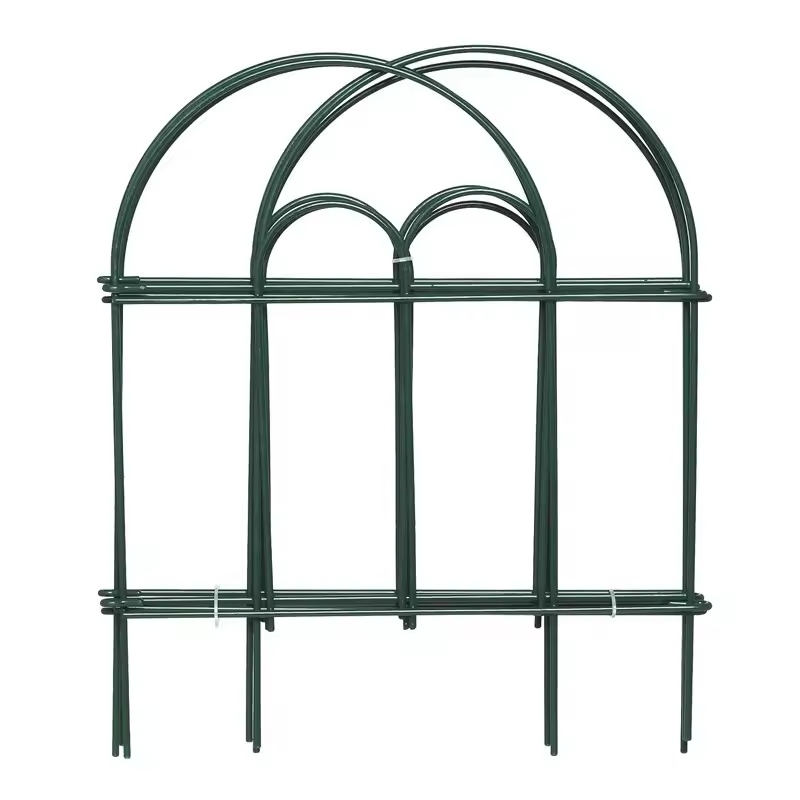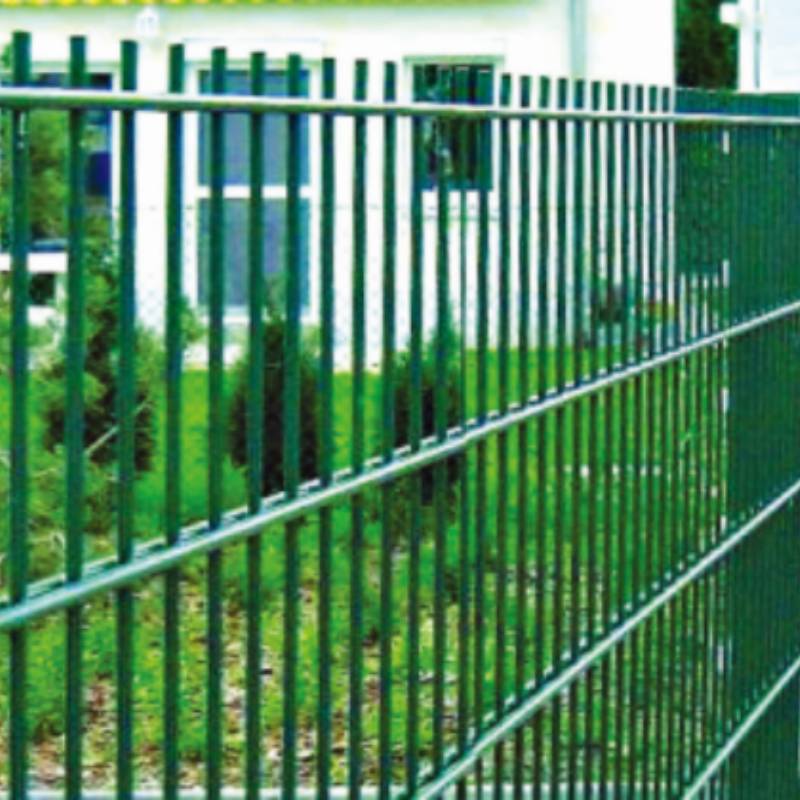-
E-mail:zhao@hyliec.cn
-
Tel:+86 311 85273988
-
WhatsApp:8613931128750
-
 african
african -
 albanez
albanez -
 amharică
amharică -
 arabic
arabic -
 armean
armean -
 Azerbaidjan
Azerbaidjan -
 bască
bască -
 belarusă
belarusă -
 bengaleză
bengaleză -
 Bosniac
Bosniac -
 bulgară
bulgară -
 catalan
catalan -
 Cebuano
Cebuano -
 corsicană
corsicană -
 croat
croat -
 ceh
ceh -
 danez
danez -
 olandeză
olandeză -
 Engleză
Engleză -
 esperanto
esperanto -
 estonă
estonă -
 finlandeză
finlandeză -
 limba franceza
limba franceza -
 frizonă
frizonă -
 Galician
Galician -
 georgian
georgian -
 limba germana
limba germana -
 greacă
greacă -
 Gujarati
Gujarati -
 creolul haitian
creolul haitian -
 hausa
hausa -
 hawaian
hawaian -
 ebraică
ebraică -
 nu
nu -
 Miao
Miao -
 maghiară
maghiară -
 islandez
islandez -
 igbo
igbo -
 indoneziană
indoneziană -
 irlandez
irlandez -
 Italiană
Italiană -
 japonez
japonez -
 javaneză
javaneză -
 Kannada
Kannada -
 kazah
kazah -
 Khmer
Khmer -
 ruandez
ruandez -
 coreeană
coreeană -
 kurdă
kurdă -
 Kârgâz
Kârgâz -
 TB
TB -
 latin
latin -
 letonă
letonă -
 lituanian
lituanian -
 luxemburghez
luxemburghez -
 macedonean
macedonean -
 Malgashi
Malgashi -
 Malaeză
Malaeză -
 Malayalam
Malayalam -
 malteză
malteză -
 maori
maori -
 marathi
marathi -
 mongol
mongol -
 Myanmar
Myanmar -
 nepaleză
nepaleză -
 norvegian
norvegian -
 norvegian
norvegian -
 occitană
occitană -
 Pashto
Pashto -
 persană
persană -
 Lustrui
Lustrui -
 portugheză
portugheză -
 punjabi
punjabi -
 Română
Română -
 Rusă
Rusă -
 Samoan
Samoan -
 gaelic scoțian
gaelic scoțian -
 sârb
sârb -
 Engleză
Engleză -
 Shona
Shona -
 Sindhi
Sindhi -
 Sinhala
Sinhala -
 slovacă
slovacă -
 slovenă
slovenă -
 somalez
somalez -
 Spaniolă
Spaniolă -
 Sundaneza
Sundaneza -
 Swahili
Swahili -
 suedez
suedez -
 tagalog
tagalog -
 Tadjik
Tadjik -
 tamil
tamil -
 tătar
tătar -
 Telugu
Telugu -
 thailandez
thailandez -
 turc
turc -
 turkmeni
turkmeni -
 ucrainean
ucrainean -
 Urdu
Urdu -
 Uighur
Uighur -
 uzbec
uzbec -
 vietnamez
vietnamez -
 galeză
galeză -
 Ajutor
Ajutor -
 idiş
idiş -
 Yoruba
Yoruba -
 Zulu
Zulu
Panou de gard
Wholesale Metal Fence Panels ?
Wholesale metal fence panels are a popular choice for those looking for durable and secure fencing solutions. These panels are often made steel materials providing a
strong and long-lasting option for garden fencing. They are available in various designs and sizes, making them suitable for a wide range of applications. Wholesale options offer cost-effective solutions for purchasing metal fence panels in bulk, making them ideal for contractors, landscapers, and property developers looking to install fencing on a larger scale.
Is It Cheaper To Buy Fence Panels Or Build Them?
The cost of buying fence panels versus building them can vary depending on several factors. In general, buying pre-made fence panels can be cheaper and more time-efficient than building them from scratch. Pre-made panels are mass-produced, which often makes them more cost-effective due to economies of scale. Additionally, purchasing fence panels can save on labor costs, as they are typically easier and quicker to install compared to building a fence from individual components. However, building a fence from raw materials allows for more customization and control over the design, which may be a priority for some individuals. It's important to consider the specific requirements, budget, and time constraints when deciding whether to buy or build fence panels.
How To Install A Panel Fence?
To install a panel fence involves several steps:
1. Measure and plan: Determine the length of the fence and calculate the number of panels needed. Plan the layout and ensure the fence posts are installed at the appropriate intervals to accommodate the panels.
2. Install the posts: Dig holes for the fence posts, ensuring they are deep enough to provide stability. Set the posts in concrete and allow them to cure before attaching the panels.
3. Attach the panels: Once the posts are set, attach the panels to the posts using appropriate fasteners such as screws or nails. Ensure the panels are level and properly aligned.
4. Add finishing touches: Depending on the type of panels used, additional finishing touches such as capping, trim, or paint may be required to enhance the appearance and durability of the fence.
5. Maintenance: Regular maintenance, such as cleaning and sealing, may be necessary to ensure the longevity of the fence panels.
It's important to follow the manufacturer's instructions and local building codes when paneling a fence to ensure proper installation and compliance with regulations. If in doubt, it's advisable to consult with a professional or seek guidance from experienced individuals.








